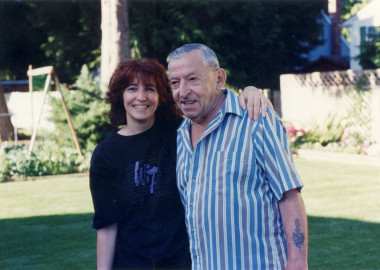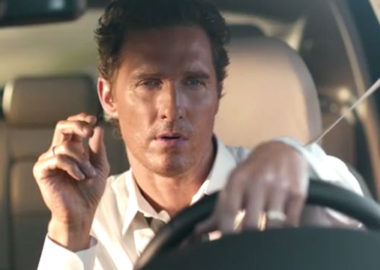A few months ago, I was grabbing coffee with Echo’s Art Director, Cathy Smith, and she was talking about what she had seen on TV on her way out the door. A local morning show had run a segment on redecorating and the contracted decorators were displaying a bedroom decorated in shades of pink.
“The peach, the pink, the white accents – they are all part of this room’s colour story,” they enthused to the audience. Cathy and I agreed that this made absolutely no sense.
It’s not that we don’t like pink. Or peach. It’s just not a story.
Brand storytelling is enjoying a moment in the sun. At Echo, we’ve got over fifteen years and hundreds of projects under our belt, so we’re thrilled to see it get the prominence that it deserves. We’ve also seen a whole bunch of dubious decisions be made.
Bad brand storytelling comes in two major ways: it is a bad story (or not a story at all) or it’s bad branding. Avoiding bad brand storytelling is possible, and once you get into the habit, it will become easier and easier.
Remember, This Is Storytelling
So, just to recap: Cathy and I don’t have a vendetta against pink. It’s just that you have to make sure you’re not using “story” when you mean “theme” or “marketing strategy”. Something has to happen in a story (we call this “plot” – I’m sure you’ve heard of it).
Not sure if you’re telling a story? Trace out all the major points, and see if there is rising action where the characters negotiate challenges that change the situation that was their status quo. If not, you’re not storytelling. It doesn’t have to be long or dramatic. This ad from P&G’s London Olympics campaign in 2012 is a powerful, emotional story. It’s also just two minutes long.
Stay True To Your Values
Bad brand storytelling can happen in the context of great, polished advertising, but it is of no benefit to your brand. Earlier this year, O, the magazine published by Oprah Winfrey, made this uncharacteristic misstep.
It’s not that the content is bad – it’s just that it refuses to reinforce Oprah’s brand values of positive thinking and self-love which have fuelled her success. Tell great stories, but make sure that they are true to your brand.
Think like you are the editor of a magazine devoted to your brand. Would that story appear on the pages of your magazine? Is your audience interested in it? This can be surprisingly difficult in the context of a large company where there be many different perspectives on what should be said. Be ruthless and refer continually to your branding documents.
Avoid Hubris, Idiocy and Cowardice
The most common cause of bad brand storytelling? Hubris, idiocy and cowardice – or a fatal combination of all three.
Who is the star of your story? If you answered your customer, then congratulations. Even if your stories are not directed towards an external audience, great stories are about people, not organizations. Don’t talk about how great you are – it’s boring. Talk about how you make a difference, how you are inspired, how you are part of a larger community.
There can be a reticence on the part of companies to avoid talking about anything perceived to be unpleasant. This cowardly approach to storytelling never works. Often, when working on book projects, clients tell us that “we did a book twenty years ago, and nobody liked it”. When we get a copy of this much-maligned book, we realize that the “story” is a dry recitation of facts in lieu of using storytelling to explain how a company grew and developed. That’s why nobody liked it.
As far as idiocy goes, if it seems dumb to you, it probably seems really dumb to your customer. Treat your customers as intelligent human beings, for no other reason than people like being respected.
Bad brand storytelling happens, and when it does, it’s a shame. Humans are wired for story. Being an effective storyteller can transform your brand. So, tell good stories. It’s what’s going to pay off in the long run.






